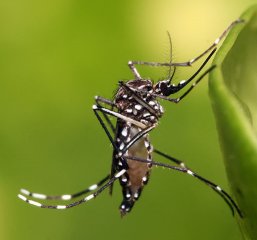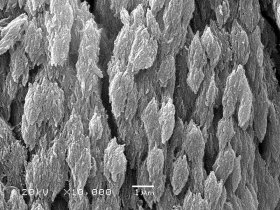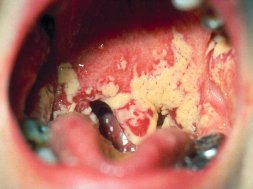
(Click image for credit)
Some of the most successful animals in creation have complex social structures. Consider the picture above. The queen ant (the large one in the picture) is the only one that can reproduce. The worker ants that tend the queen, care for her young, gather food, clean the nest, and protect the nest are sterile. They typically live short, dangerous lives so that the queen can live a long, safe life and produce many offspring.
When you look at the world through the simplistic lens of evolution, one obvious question is, “How could such social structures evolve?” If evolution is based on the idea of the survival of the fittest, why would individuals evolve to protect and care for some other individual? Worse yet, why would they evolve to become sterile, so that only the individual they are protecting and caring for can reproduce? Darwin tried to answer these questions with the concept of “group selection.” He thought that under certain circumstances, natural selection could work on a group of organisms instead of just on individuals. Evolutionists pursued this idea for quite a while, but then a more fashionable idea came along.
Continue reading “Who Cares About The Data? Don’t Question the Dogma!”






